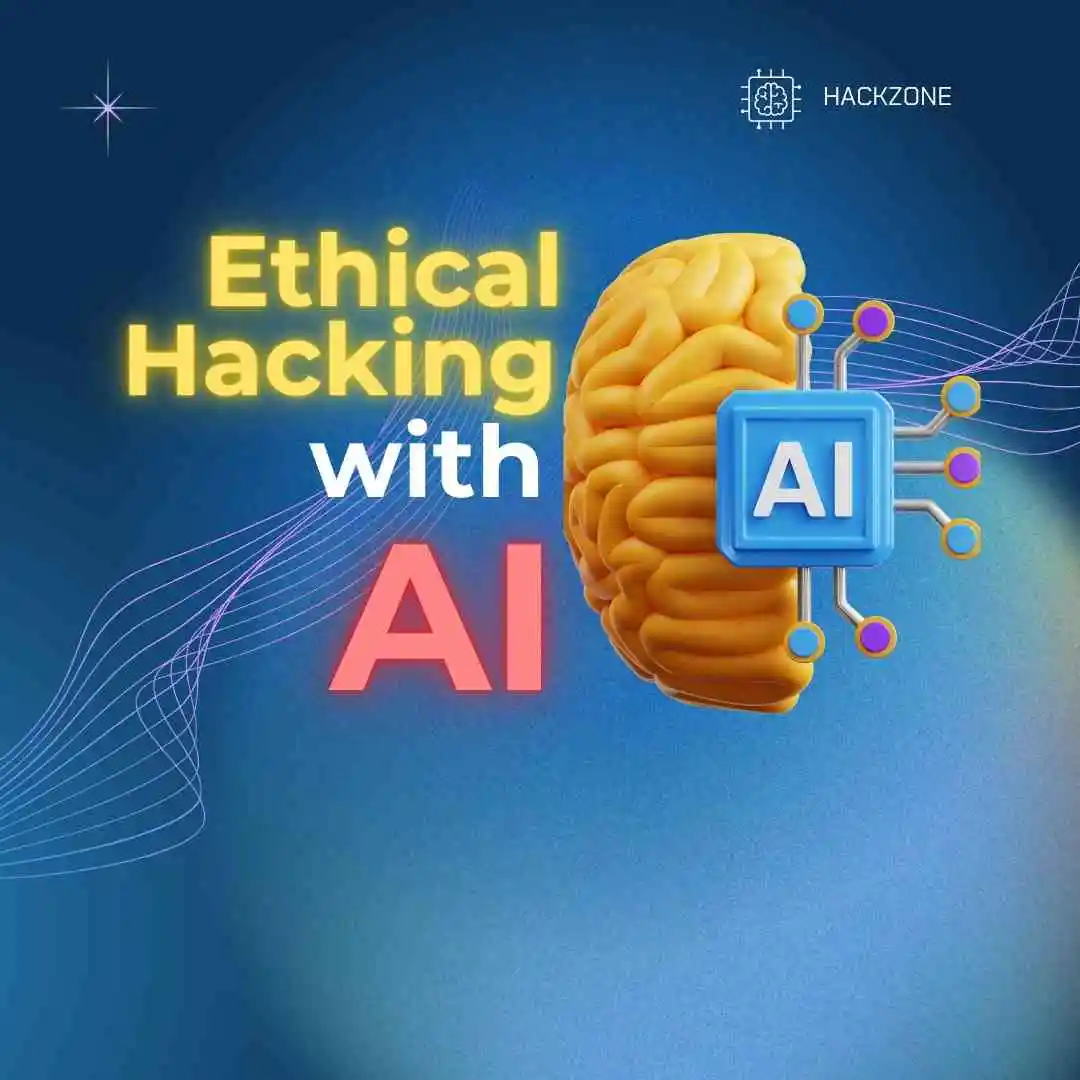Ethical Hacking with AI: 2025’s Top Tools and Tactics for Security Pros 🌐🔒
🌐 Why Ethical Hacking with AI is a Game-Changer in 2025
Let me paint a picture: Last year, I worked with a fintech startup that was struggling to patch vulnerabilities in their payment gateway. Traditional scanning tools took days to deliver results—time they didn’t have. Then we tested an AI-driven penetration tool. Within hours, it flagged a critical SQL injection flaw that manual testing had missed. That’s the power of AI in ethical hacking: speed, precision, and scalability.
But here’s the thing—AI isn’t replacing human hackers. It’s amplifying our capabilities. According to IBM’s 2023 Cost of a Data Breach Report, organizations using AI and automation saved $1.76 million on average during breaches. For security pros, that means faster threat detection, smarter pattern recognition, and more time to focus on strategic defense.
🔧 Top 5 AI-Powered Tools for Ethical Hackers
1. Sentinel AI (by Darktrace)
- Best for: Real-time threat detection
- Why it’s 🔥: Uses unsupervised machine learning to spot anomalies in network traffic. I’ve seen it identify zero-day exploits before signatures were even published.
- Official Site
2. Pentera Automated Pentesting
- Best for: Automated vulnerability assessments
- Why it’s 🔥: Mimics hacker behavior without risking production systems. Perfect for stress-testing cloud infrastructure.
3. IBM QRadar Advisor with Watson
- Best for: Incident response
- Why it’s 🔥: Watson’s NLP parses threat intelligence reports and suggests remediation steps. A lifesaver during SOC chaos.
4. HackerOne AI
- Best for: Bug bounty programs
- Why it’s 🔥: Prioritizes vulnerabilities based on exploit potential, so you’ll know which patches to deploy first.
5. Cynet 360 AutoXDR
- Best for: Small teams with limited resources
- Why it’s 🔥: Combines endpoint protection, network analytics, and automated incident response in one platform.
🎯 Smart Tactics to Integrate AI into Your Security Workflow
Tactic 1: Use AI for Log Analysis
Manually sifting through terabytes of logs? No thanks. Tools like Splunk’s Machine Learning Toolkit can flag suspicious login patterns—like a user accessing servers from 3 countries in 2 hours.
Tactic 2: Train Custom Models for Your Environment
Generic AI tools miss industry-specific threats. For example, a healthcare client trained an ML model to detect abnormal access to patient records. Result? A 40% faster response to insider threats.
Tactic 3: Automate Phishing Simulations
AI-generated phishing emails (think ChatGPT on steroids) make training campaigns scarily realistic. Check out KnowBe4’s AI-Driven Security Awareness.
⚠️ Challenges and Ethical Considerations
The Double-Edged Sword of Automation
Yes, AI can generate malicious code. A recent Stanford study showed that GPT-4 can write polymorphic malware. As ethical hackers, we need frameworks to prevent tool abuse.
Bias in AI Models
If your training data lacks diversity, your AI might overlook threats targeting underrepresented regions. Always audit datasets and validate findings manually.
🚀 The Future of AI in Cybersecurity
By 2025, I predict:
- AI “Red Teams”: Autonomous systems that simulate advanced persistent threats (APTs).
- Regulatory Standards: Governments will enforce stricter guidelines for AI in hacking (watch the NIST AI Risk Management Framework).
- Quantum + AI: Quantum computing will supercharge AI’s ability to crack encryption—so start future-proofing now.
❓ FAQs
Q: Can AI replace ethical hackers?
A: Not a chance. AI handles grunt work; humans handle strategy, creativity, and ethical judgment.
Q: How do I start learning AI for hacking?
A: Take SANS SEC595 or experiment with open-source tools like MLSec Project.
💡 Final Thoughts
Ethical hacking with AI isn’t just a trend—it’s the new baseline. Whether you’re automating scans or dissecting AI-generated malware, staying ahead means embracing these tools and their ethical complexities. Ready to dive deeper? Share your go-to AI hacking tool in the comments! 👇
